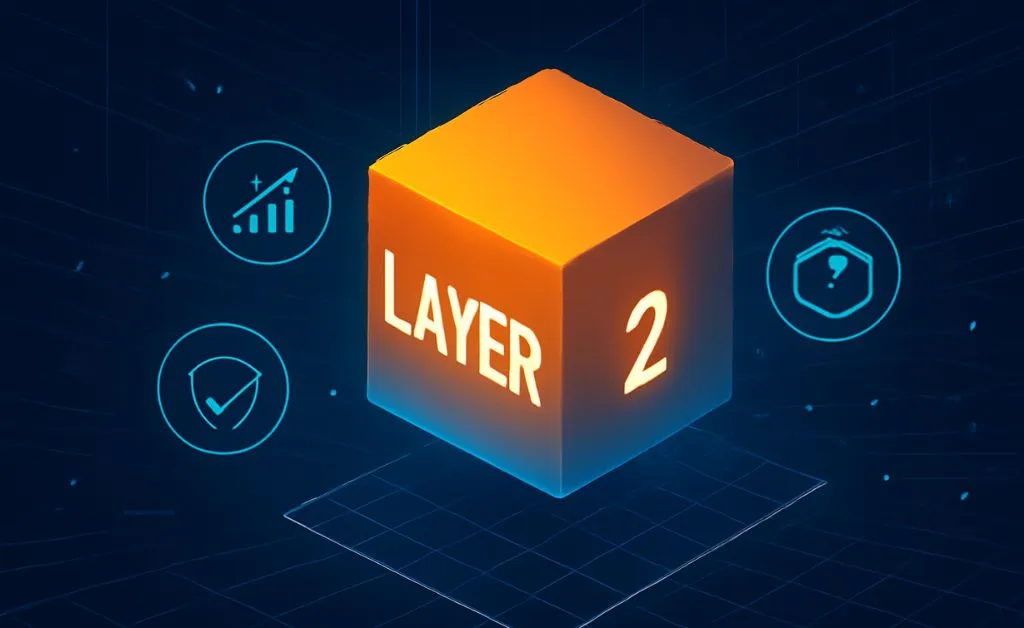
Explained 8 Common Layer Questions for Beginners
1. What is Layer 2?
Layer 2 is a scaling solution built on top of Layer 1 blockchains such as Ethereum, BNB Chain, and Bitcoin. Its primary goal is to improve the scalability of the network without compromising on security and decentralization. Layer 2 solutions help reduce transaction fees and improve transaction speeds without diminishing the performance of the base blockchain.
2. Why is Layer 2 necessary?
Layer 2 is essential for addressing issues of high transaction fees and network congestion on Layer 1 blockchains like Ethereum. As transaction volumes increase, fees tend to rise, making the network expensive to use. Layer 2 helps by bundling multiple transactions and sending them to Layer 1 for validation, thus reducing fees and speeding up transaction times.
3. Why doesn't Layer 2 support Liquid Staking?
Liquid Staking protocols require validators to maintain security and distribute rewards to stakers. However, Layer 2 blockchains like Arbitrum and Optimism do not have their own validators, which is why they currently do not support Liquid Staking.
4. Why does Ethereum support Layer 2 projects?
Ethereum supports Layer 2 to remain competitive and solve the problems of high transaction fees and slow processing times. Layer 2 solutions allow Ethereum to scale and handle more transactions while maintaining security and decentralization.
5. Can Layer 2 become Layer 1?
In the future, some Layer 2 solutions may evolve into Layer 1 when they build strong communities and develop their own validators. Certain Layer 2 projects could eventually create Layer 3 networks, turning them into fully independent blockchains like Layer 1.
6. How does Layer 2 make money?
Layer 2 projects primarily generate revenue from transaction fees. When users make transactions on Layer 2, a portion of the fee is sent to Layer 1 for validation, and the remaining fee is kept by Layer 2. This revenue helps Layer 2 projects sustain and grow their operations.
7. What are some prominent Layer 2 projects?
Notable Layer 2 projects include:
Arbitrum: Focused on DeFi
Optimism: Scaling with Superchain
Base: Focused on SocialFi and memecoins
Immutable X: Focused on gaming and NFTs
8. How to transfer coins to Layer 2?
Users can transfer coins from Ethereum or other blockchains to Layer 2 solutions like Arbitrum, Optimism, or Metis using bridges. After transferring, users can engage in DeFi protocols, provide liquidity, or perform other activities on Layer 2.